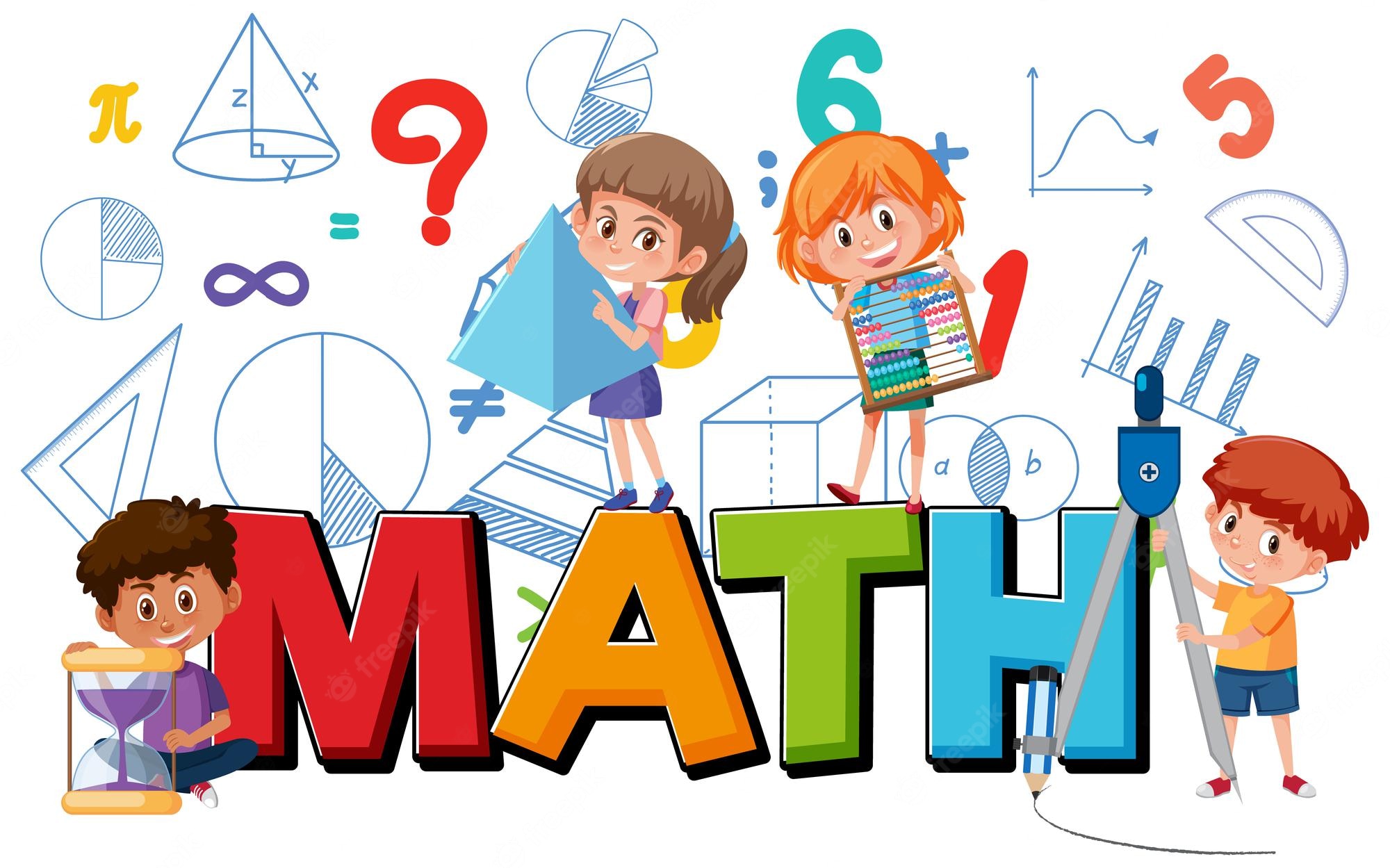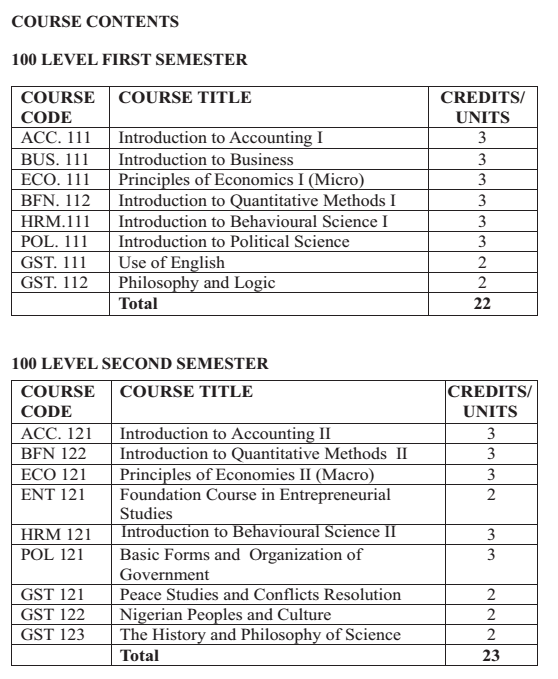
The attendance of students is a critical factor that affects the academic success of students. Students must attend class on a regular basis, arrive on time and remain punctual. Students must also understand their moral responsibility towards their school. It is essential that students do their daily chores and participate in school activities. They must also behave appropriately on the playground and support their teammates. Lastly, students must pay attention to their teachers.
Characteristics among students in school
It is important to know the characteristics of your students at school. This will determine their engagement and learning. The ability of professional teachers to detect and monitor these characteristics is a major skill. Students have two basic types of characteristics: cognitive and motivational-affective. Cognitive characteristics refer to students' general cognitive abilities, while motivational-affective characteristics include students' interests and self-concept of ability in certain subject domains. Both types of characteristics develop at different rates, and teachers need to be able to identify when students are engaging in learning activities.
Classroom observation can be used by teachers to spot student characteristics. This involves observing students' behavior cues and underlying characteristics. They may also be able to model the behavior of students with similar characteristics.

Strategies to reduce student absences
Absences can be a problem for schools because they cause learning gaps and can also have an effect on a school’s budget. Seven states provide funding for school districts based upon attendance. Districts without high property taxes have to rely on attendance revenues in order to survive. School administrators are increasingly seeking outside help to find solutions. Attendance Works, a similar organization, has partnered in partnership with 34 districts from 32 states to develop strategies for reducing student absences.
Involving parents is another effective way to prevent student absenteeism. They will be able to keep them informed about their student's attendance, grades and any disciplinary matters. Schools can increase their retention rates by engaging parents in the problem of absenteeism. This will help maximize their ROI. Schools can achieve this by using mobile-first student monitoring systems such Creatrix’s Student attendance Management System.
Student attendance is affected by parental involvement
According to Blackboard (a website that tracks parent involvement), parental involvement has fallen since 2016. The low involvement level reflects the fact that many parents are not as involved in school activities as they were in the past. Parents have become more interested in online communication with teachers. Low attendance rates may also be due to parents' decreasing commitment.
Research shows that high levels of parental involvement are associated with higher student achievement. Research shows that students with greater parental involvement score higher in standardized tests, get higher grades, attend school more frequently, and are more likely pass classes. Furthermore, these students are more likely to complete their education and develop social skills. Reading and school-related expectations are the most important effects of parental involvement.

Impact of COVID-19 on student attendance
Students who miss class have a profound effect on their learning. So it's crucial to discover the root causes, and then develop a plan that will increase attendance. This means expanding attendance efforts to reach a broader student body. In many school systems, this will require an aggressive strategy that involves engaging parents and school social workers.
This new approach may not be without its faults. However, it does have its advantages. For starters, it can be a valuable way to monitor the progress of the epidemic and identify underlying factors that lead to low attendance rates. A good indicator of student well-being is school attendance. The rise in chronic absenteism in the US is worrying. A recent study in Detroit found that 70% of students are chronically absent. Parents also reported that computer problems were a major reason for chronic absenteeism. The new phenomenon presented many challenges that even the largest district investments in technology could not overcome.
FAQ
How long does it take to become an early childhood teacher?
The four-year process to earn a bachelor's level in early child education takes. The majority of universities require that you take two years to complete general education courses.
After completing your undergraduate studies, you will usually enroll in graduate school. This step allows students to focus on a particular area.
One example is to choose to specialize in child psychology or learning difficulties. After completing a master's degree, you can apply to teacher preparation programs.
This process may take another year. This period will be filled with learning opportunities and collaborations with educators.
Final, you must pass the state exam before you can start teaching.
This process can take many years. Therefore, you won't immediately be able jump into the workforce.
What are the different types of early childhood education?
There are many ways to explain early childhood education. These are the most popular:
-
Preschool - Children ages 2 to 5
-
PreKindergarten- Children from 4-6 years of age
-
Head Start/Headstart - Children from 0-3 Years
-
Day Care/ Daycares: Children 0-5
-
Child Care Centers – Children aged 0-18
-
Family Child Care - Children from 0-12 Years of Age
-
Home Schooling - Children ages KG to 16
Is becoming a teacher difficult?
Being a teacher is a huge commitment. You will need to give a significant amount time to your studies.
While working towards your degree, expect to be working around 40 hours per work week.
Additionally, you need to find a job which suits your schedule. Many students report having trouble finding part-time jobs that allow them to balance their schedules with schoolwork.
Once you land a full-time position, you will likely be responsible for teaching classes during the day. You may even need to travel to different schools throughout the week.
What is an alternative school?
An alternative school is a school that offers students with learning difficulties education with the help of qualified teachers who are sensitive to their individual needs.
The aim of an alternative school is to provide children with special educational needs with the opportunity to learn within a normal classroom environment.
Additionally, they receive extra support when necessary.
An alternative school is not just for those who have been excluded from mainstream schools.
They are open to children of all abilities and disabilities.
What is the average salary of a teacher in early childhood education? (earning potential)
The median salary for early childhood teachers is $45,000 per calendar year.
There are however areas where salaries are higher than the average. For example, teachers who work in large urban districts often earn more than those working in rural schools.
Salaries also depend on factors like how large the district is, and whether or non-degree-holding teachers.
Because they lack experience, teachers often make less than other college graduates. Their wages can rise over time though.
How long should I prepare for college?
How much time you have available to study and how long it takes to prepare for college will determine the amount of time you spend on preparation. Start taking college preparation courses as soon as you finish high school if you want to be able to go straight to college. On the other hand, if you plan to take several years off before attending college, you probably don't need to begin planning until later.
Your parents and teachers should be involved in your discussions. They may recommend specific courses. Keep track of all the courses you have taken and the grades you earned. This will enable you to plan for next year.
How do you get scholarships?
Scholarships are grants that can be used to pay college costs. There are many kinds of scholarships. These are:
-
Federal Grants
-
State Grants
-
Student Loans
-
Programs for Work Study
-
Financial Aid
Federal grants come directly from the U.S. government. Federal grants are subject to certain conditions. To demonstrate financial need, applicants must meet certain requirements.
Individual states can offer grants to state governments. These funds are offered by individual states based on financial need. Others offer money for specific purposes.
Banks and other lending institutions can issue student loans. Students often borrow money to pay for tuition and living expenses.
Work-study programs encourage employers to hire qualified student workers. Employers must pay their employees at least the minimum wage.
Financial aid helps low-income families afford college by covering most or all tuition costs.
Statistics
- They are also 25% more likely to graduate from high school and have higher math and reading scores, with fewer behavioral problems,” according to research at the University of Tennessee. (habitatbroward.org)
- Globally, in 2008, around 89% of children aged six to twelve were enrolled in primary education, and this proportion was rising. (en.wikipedia.org)
- In most developed countries, a high proportion of the population (up to 50%) now enters higher education at some time in their lives. (en.wikipedia.org)
- And, within ten years of graduation, 44.1 percent of 1993 humanities graduates had written to public officials, compared to 30.1 percent of STEM majors. (bostonreview.net)
- “Children of homeowners are 116% more likely to graduate from college than children of renters of the same age, race, and income. (habitatbroward.org)
External Links
How To
what is vocational education?
Vocational education is an educational program that prepares students to work after high school and college. It teaches them specific skills for specific jobs (such as welding). You can also get on-the job training through apprenticeship programs. Vocational education stands out from general education. This is because it focuses less on general knowledge and more on developing skills for specific occupations. Vocational training is not designed to prepare individuals for university but rather to assist them in finding jobs upon graduation.
Vocational education could be offered at all levels, including primary schools, secondary school, colleges and universities, technical schools, trade schools as well community colleges, junior college, and four-year schools. There are also many specialty schools like nursing schools and law schools, legal schools, medical schools and dental schools as well as veterinary medicine, veterinary medicine, firefighting, police academies and military academies. These schools offer both practical and academic training.
Over the last decade, several countries have made significant investment in vocational education. The effectiveness of vocational training is still a controversial topic. Some critics argue that it does little to improve students' employability; others argue that it provides useful preparation for life after school.
According to the U.S. Bureau of Labor Statistics (47% of American adults are currently holding a postsecondary certificate/degree related to their current job), this figure is higher among those with more education. This figure is higher among those with more education: 71% of workers aged 25-29 with a bachelor's degree or higher are currently employed in fields requiring postsecondary credentials.
According to the BLS, nearly half of America's adult population held at least one postsecondary credential in 2012. About one-third of Americans held a two-year associate degree, while about 10 percent held a four-year bachelor's degree. One in five Americans holds a master’s degree or doctorate.
The median annual wage for individuals with a bachelor's in 2013 was $50,000. This was compared to $23,800 when they had no degree. For those with advanced degrees, the median wage was $81,300.
The median wage for those who didn't complete high school was $15,200. For those who did not complete high school, the median annual salary was only $15,200.